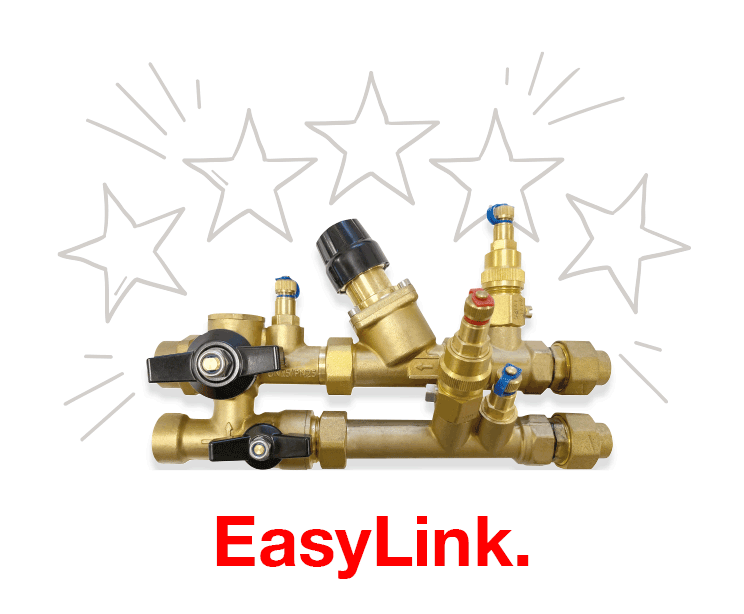From March 1, plumbing and heating contractors working in the UK’s construction industry might have to handle and pay VAT in a different way following the introduction of the new VAT reverse charge system. Here are the answers to some frequently asked questions.
1. What is the VAT domestic reverse charge for construction services?
The VAT domestic reverse charge for building and construction services, to give it its full title, is a change in how VAT is handled for certain kinds of construction services in the UK, along with the building and construction materials used directly in those services.
In simple terms, for services they provide affected by the reverse charge, sub-contractors will require the contractor employing them to handle and pay the VAT directly to HMRC.
2. What VAT rates does the VAT reverse charge for construction services apply to?It applies to both standard and reduced-rate VAT supplies. It doesn’t apply to zero-rated supplies.
3. Why is the VAT reverse charge for construction services being introduced?
HMRC says it will combat fraud, whereby construction businesses charge VAT for the services they supply but then disappear without paying their VAT bill.
4. Who does the VAT reverse charge for construction services apply to?
It applies only to VAT-registered businesses who are supplying/receiving services that are reported under CIS.
In other words, it applies to services supplied between the majority of construction sub-contractors and contractors in the UK.
5. What construction services does the VAT reverse charge apply to?
According to HMRC, the reverse charge applies to the following:
• Construction, alteration, repair, extension, demolition or dismantling of buildings or structures (whether permanent or not), including offshore installations
• Construction, alteration, repair, extension or demolition of any works forming, or to form, part of the land, including (in particular) walls, roadworks, power lines, electronic communications apparatus, aircraft runways, docks and harbours, railways, inland waterways, pipelines, reservoirs, water mains, wells, sewers, industrial plant and installations for purposes of land drainage, coast protection or defence
• Installation in any building or structure of systems of heating, lighting, air conditioning, ventilation, power supply, drainage, sanitation, water supply or fire protection
• Internal cleaning of buildings and structures, so far as carried out in the course of their construction, alteration, repair, extension or restoration
• Painting or decorating the internal or external surfaces of any building or structure
Remember that the reverse charge applies to the services listed above plus any construction materials used directly for those services. This is different to the CIS scheme, which does not cover materials.
6. I’m a sub-contractor. What does the VAT reverse charge for construction services mean for my business?
In theory, it means very little because when you issue your VAT invoice you will merely be passing on the VAT charge that you would have had to account for in any event.
You will, however, need to expect a change to the way you reconcile customer’s payments against invoices issued, as any VAT registered customers will be withholding the VAT element for any CIS related supplies.
You’ll need a different kind of invoice. It might also affect your cash flow because the VAT you previously held before passing it monthly/quarterly to HMRC as a payment will no longer be available for any uses you might have put it to.
7. I’m a contractor. What does the VAT reverse charge for construction services mean for my business?
If you’re a contractor (i.e. purchase CIS regulated construction services) then, in theory, it means you need to ensure that when you receive reverse charge VAT invoices you correctly account for them.
You’ll need to pay any VAT due directly to HMRC as part of your normal VAT settlement process instead of paying the VAT on CIS related supplies to your supplier.
This may require an update to your accounting software if you do not use cloud software.
You may gain a cash flow benefit because the VAT you previously had to pay when paying sub-contractors, but could not reclaim until your next VAT return, is simply netted off in your VAT return. There should be no net impact on your overall VAT bill.
You will need to complete your VAT Return differently.
Editor’s note:
This is an abridged version of a blog post kindly supplied to us from Sage Advice. To read in full, visit: http://1sa.ge/34fm50DDsW3











